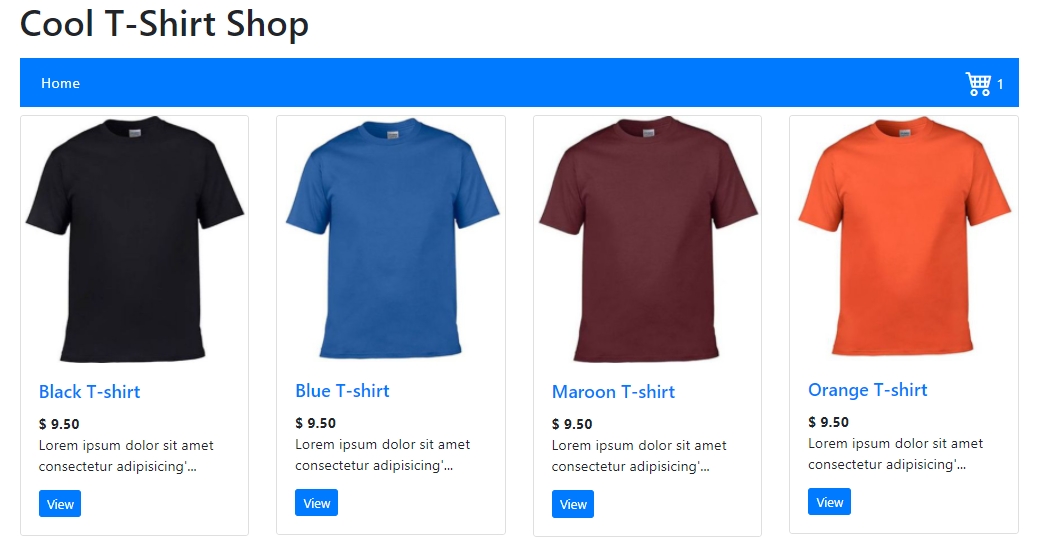

$name = $request->request->get('name', 'guest') We change the controller to process the POST request. $message = $request->request->get('message', 'hello there') Src/Controller/HomeController.php request->get('name', 'guest') In the following example, we process a POST request in a Symfony application. Advertisements PHP POST request in Symfony $ curl 'localhost:8000/?name=Lucia&message=Cau' The second parameter of the method is a default value which is used when no The GET parameter is retrieved with $request->query->get.

$name = $request->query->get('name', 'guest') We get the query parameters and create a response. Inside the HomeController's index method, Return new Response($output, Response::HTTP_OK, $message = $request->query->get('message', 'hello there') Src/Controller/HomeController.php query->get('name', 'guest') In the following example, we generate a GET request with curl tool and process Multipart/form-data as the HTTP Content-Type in the request. POST method when using application/x-www-form-urlencoded or Is an associative array of variables passed to the current script via the HTTP The $_GET is an associative array of variables passed to theĬurrent script via the URL parameters (query string). PHP provides the $_GET and $_POST superglobals. have no length limits PHP $_GET and $_POST.can be used when dealing with sensitive data.parameters are not displayed in the URL.Uploading a file or when submitting a completed web form. The HTTP POST method sends data to the server. should never be used when dealing with sensitive data.should only be used to request a resource.I am trying to figure out what is the wordpress way of handling post requests. If you’d like to learn more about JavaScript, check out our JavaScript topic page for exercises and programming projects.The HTTP GET method requests a representation of the specified resource. I am coming from an MVC world and this is quite hard for me to grasp yet. You may also be interested in applying client-side validations that work in the browser. I prefer to have a routefinder class that checks the controller exists, and then let the controller decide if the method (request) is valid and sets a fallback if not.
#Fminer handle php post update
In this article, you built a sample form that communicates to a PHP backend with jQuery and displays any errors in the form.Īs a next step, you will want to explore more complex validations like valid email addresses and dates. Having a config/routes folder seems like a pain to me, any time you want to rename, add or remove a method or add a controller you'd need to remember to also update the router. The advantage of $.post is it does not require as much connection configuration to be declared.
#Fminer handle php post code
In your project directory, use your code editor to create a new form.js file:


 0 kommentar(er)
0 kommentar(er)
